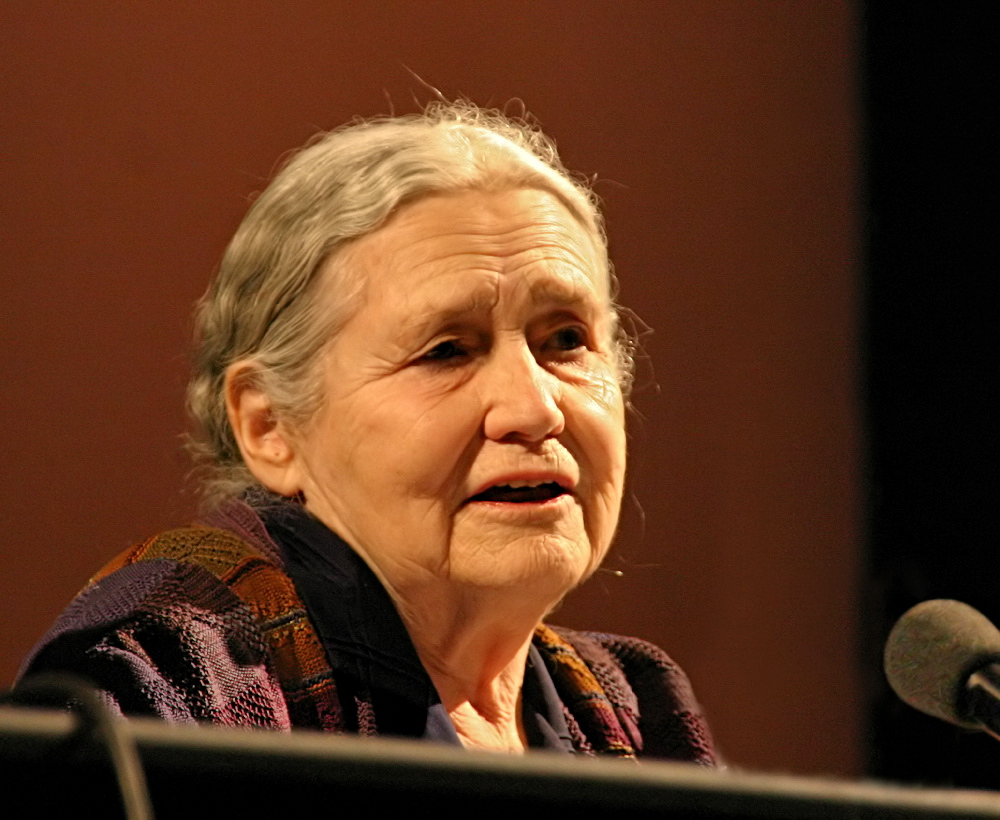
This week, the international physics organisation known as CERN published revelatory claims that a sub-atomic particle broke physical laws first solidly established by Einstein by travelling faster than the speed of light.
The particle, known as a neutrino, was accelerated from a CERN installation in Geneva to another in Italy, but was picked up by the detector there 60 nanoseconds faster than would be expected if it was travelling at the speed of light.
Such a discovery would be remarkable if it were to be proved correct, with potentially enormous consequences for the way we currently interpret physics at the most fundamental level.
Einstein’s Theory of Relativity dictates that the speed of light is a value which no particle can possibly exceed, with mass and energy becoming interchangeable values as the speed of a body begins to become equal to lightspeed. It was from this incredible insight that the famous expression E = MC2 was derived.
For years, this theory has been one of the cornerstones of modern scientific research and theorising. From speculations on the possibility of time travel to simple energy calculations, almost every field of science references or builds on from Einstein’s work in some way. The theory has remained almost unchanged for all this time.
Recently, with the introduction of quantum physics (a branch of physics that Einstein, as a classical physicist, did not embrace) the Theory of Relativity has already been found to become less and less applicable when used in the context of very small particles. At the furthest boundaries of quantum science, particles exhibit unusual behaviour that cannot yet be satisfactorily explained.
The idea of a sub-atomic particle being able to achieve faster-than-light (or FTL) velocities is not necessarily a new idea. “Tachyons” were first proposed in the 1960’s by physicists as a theoretical expression of this exact property.
However, specific tests to find these particles have always returned no conclusive result; until now, perhaps.
As with every discovery in science, no hasty conclusions can be adopted. CERN will most likely be analysing every aspect of the experiment for a long time and communicating with labs across the world in an effort to make such an unusual and groundbreaking result reproducible.
Any amount of different factors could come into the reading obtained. Neutrinos are notoriously difficult to detect and the machinery needed to accelerate particles to such huge velocities and then record the results so accurately is vastly complex. This leads to a significant number of potential errors that must first be ruled out.
The question still remains: what if the findings are accurate?
We must be careful not to simply discount Einstein’s theory as “wrong”. Theories are, by definition, simply the best way of expressing a concept logically as according to our understanding. They are designed to be adapted and improved upon as fluidly as possible and in fact encourage revision and development rather than permanent conformation.
If correct, the discovery of FTL neutrinos would not be the demolition of everything Einstein’s theory represents, but instead the natural and exciting progression of it into something ever more fascinating.

